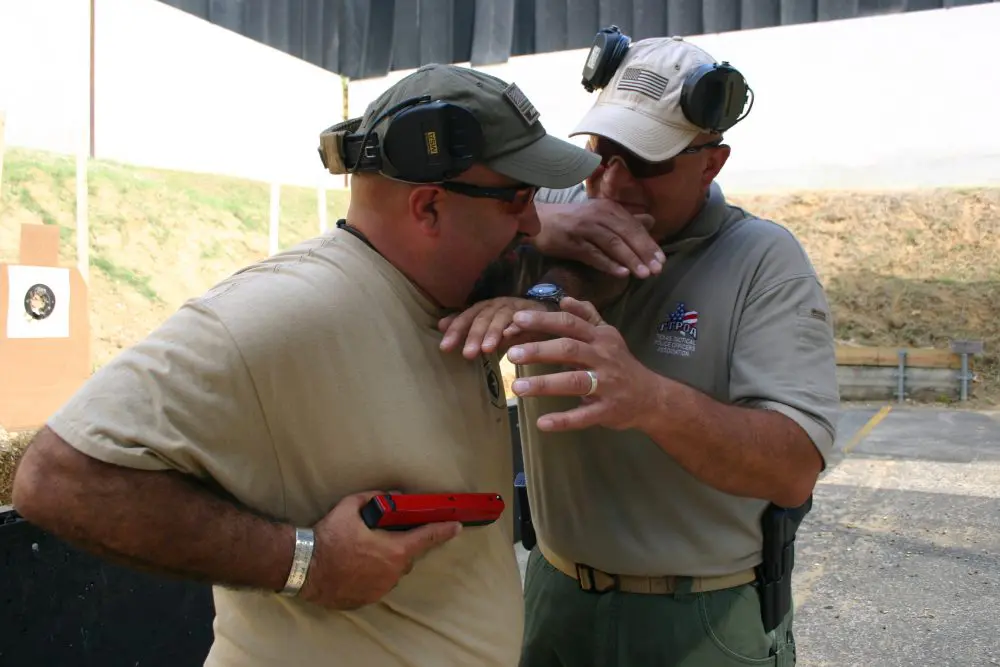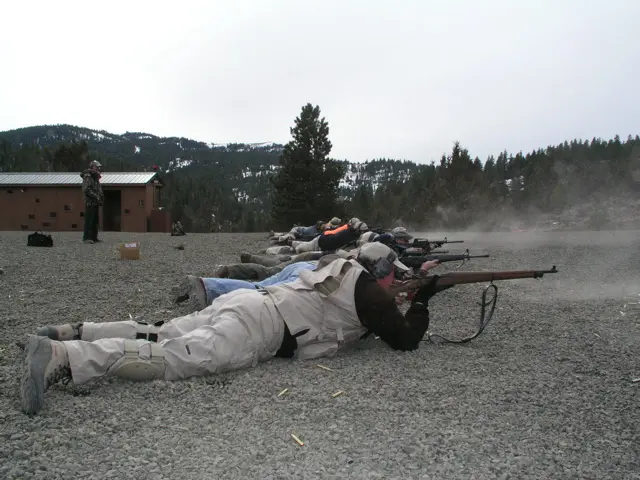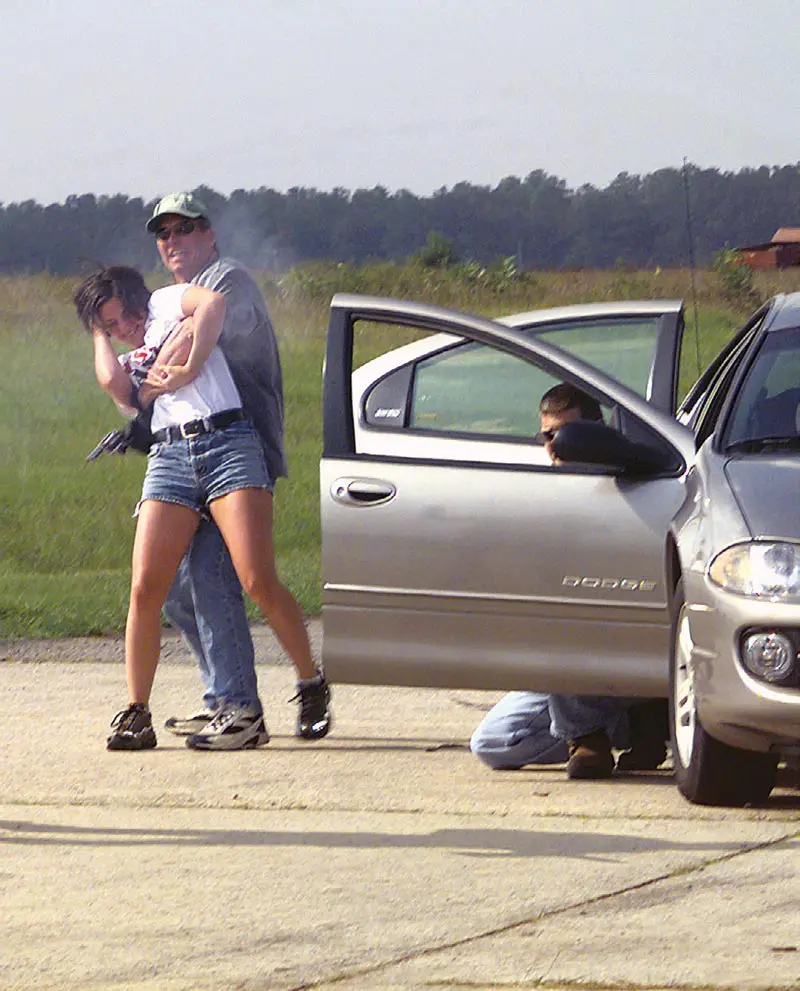
We live in an age of increasing terrorism and criminal activity. Hostage taking and kidnapping have dramatically increased. No country is totally safe. Although the chances of being kidnapped or taken hostage are small, would you know what to do if it happened? Are you prepared? You can follow a few proven strategies to increase your chances of survival.
Table of Contents
TYPES OF HOSTAGE TAKERS AND HOSTAGE SITUATIONS
Identifying the type of hostage taker can provide information as to the reasons behind the hostage-taking incident. Hostage takers may be broken down into several main types: military and paramilitary, terrorists, criminals, the mentally ill, and the emotionally distraught. In some incidents, the hostage takers may fall into multiple categories.
There are four main types of hostage situations:
- Barricade: Hostages are held by the hostage takers at a clearly identified location and their lives bartered for demand. This is the favored action for terrorists seeking publicity. It is a highly charged situation, as the hostage takers are also in a sense captives to the responding authorities.
- Kidnapping: Unlawful taking away or transportation of a person against that person’s will. It may be done for ransom, political leverage, in furtherance of another crime, or in connection with a child custody dispute. The motive for terrorists is usually the release of political prisoners or imprisoned terrorists.
- Containment: When a group is surrounded and contained by a larger force that has control of the area. Violence is averted as long as those contained remain stationary. There is no direct control of the hostages other than the zone of containment.
- Human Shields: In military and political terms, human shields are the deliberate placement of non-combatants in or around combat targets to deter the enemy from attacking those targets. It may also involve the use of non-combatants to shield combatants during attacks, by forcing them to march in front of the combatants. Criminals may also use hostages as human shields.
A hostage situation typically has several stages: planning and surveillance, attack (taking and restraining of hostages), movement (typically only in kidnapping), captivity, and release.

Although there is great variability in the behavior of captors, you should expect the possibility of physical restraint and sensory deprivation, verbal abuse, interrogation, indoctrination/ brainwashing, sleep deprivation, threats of injury and death, and physical and sometimes sexual abuse.
Reaction and adaptation to captivity are highly variable among individuals. Six broad stages and their approximate lengths have been recognized:
- Startle/panic (first seconds to minutes)
- Disbelief (first minutes to hours)
- Hyper-vigilance and anxiety (first hours to days)
- Resistance/compliance (first days to weeks)
- Depression and despair (first weeks to months)
- Gradual acceptance (first months to years)

SURVIVING A HOSTAGE SITUATION
This is to a considerable degree a matter of chance and will vary with the type of hostage taker and situation. The first 45 minutes of a hostage situation are regarded as the most dangerous, since both the captors and hostages are highly stressed and prone to act impulsively.
The more time that passes, the greater your chances of being released alive. If you are to be used as a bargaining tool or to obtain ransom, you will likely be kept alive.
Following a few guidelines can maximize your chances of survival. These are based on the experiences of previous hostages and experts in the field. Keep in mind that these are only general guidelines and not strict rules. Every situation is different.
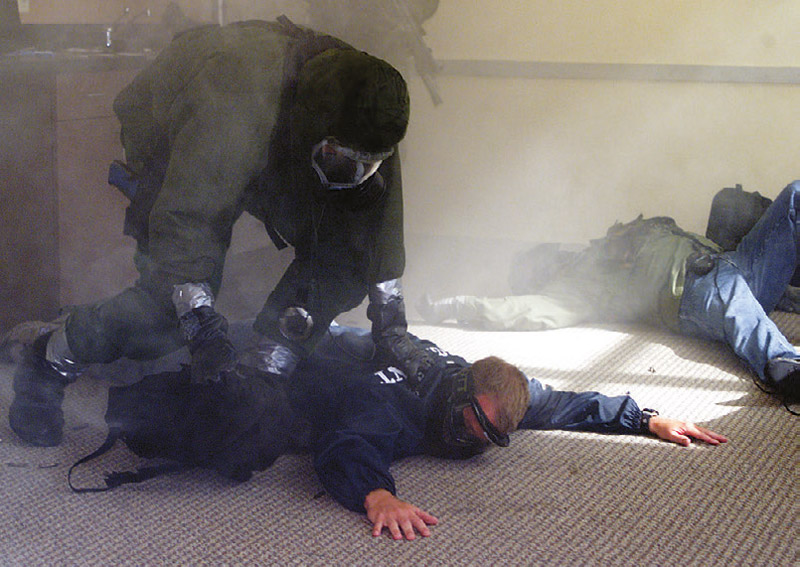
The best opportunity for escape may occur at capture and while you are still in a public place. Things will likely get much worse once you are in private with your abductor(s). You need to be willing to incapacitate the threat if you are unable to escape. If this is impossible or deemed too risky, make as much commotion as is safely possible to draw the attention of others to you and the situation so authorities are immediately notified. Be aware of escape opportunities during transit.
Always maintain a survivor’s mindset. Preparation needs to start before an incident. Maintain situational awareness at all times. Have an escape plan in advance and plan your evasion before trying to escape. When attempting to evade, your goal is to get outside the hostile forces’ perimeter.
If you are taken hostage, regain your composure as soon as possible. You need a clear mind. Concentrate on surviving. Overt resistance is usually counterproductive in a hostage situation. Remain calm, control impulsive behavior, and follow instructions. Studies show that individuals who present a threatening manner to captors are the most likely to be injured or killed.
Be observant. While being transported (and you may be moved multiple times), make a mental note of the route. Attempt to visualize the route being taken, turns, street noise, smells, and other route identifiers that can help you recognize where you were held.
At what you believe to be your final destination, pay attention to the details of the room and layout of the building. Listen and make mental note of sounds and smells. Note the routines, number, names, physical descriptions, accents, and rank structure of your captors.
Try to memorize this information, as it will be helpful to authorities after your release. It will also be valuable in assessing and planning any escape.
Attempt to establish rapport with your captors. Captors generally consider hostages expendable objects. It is important to win your captors’ respect and get them to recognize you as a human being. Maintain your dignity.
Foster communication on non-threatening topics. Talk about family and interests, but avoid political and sensitive issues. After you have established rapport, you can try to ask for items of convenience, but keep requests reasonable and low-key.
Be prepared for a long stay. Set goals. Attempt to maintain some control of your environment to reduce feelings of hopelessness. Keep your mind active. Eat and exercise as much as possible to maintain body conditioning and counteract the effects of stress. Always maintain hope.

If you become aware of the presence of other hostages in the same building, try to establish ways to communicate. Be tolerant of any other hostages and don’t vent your frustrations on them. Don’t regard incidents of emotional breakdown in others as weakness.
During interrogation, be cooperative, non-antagonistic, and non-hostile toward your captors. Be polite and control your temper. Give short answers. Talk about nonessential matters but be guarded on any matters of substance. Do not be lulled by a friendly approach. The “good cop/bad cop” routine is a common interrogation technique.
If you are forced to present terrorist demands either in writing or on tape, clearly state that those demands are from the captors. Do not compromise your integrity or country.
STOCKHOLM SYNDROME
Watch for signs of Stockholm Syndrome, also commonly known as capture bonding. This is a psychological phenomenon in which hostages express empathy and sympathy toward their captors or captors’ political cause.
The syndrome’s title was developed when the victims of a bank robbery in Stockholm, Sweden defended their captors after being released. Later they refused to testify against them in court.

The FBI conducted a study of over 1,200 hostage-taking incidents. FBI researchers found that 92% of the hostages did not develop Stockholm Syndrome. They concluded that three factors are necessary for the syndrome to develop:
- The crisis situation lasts several days or longer.
- The hostage takers do not put the hostages in a separate room.
- The hostage takers show some kindness toward the hostages or at least refrain from harming them.
The study also found that people who often feel helpless in other stressful life situations or are willing to do anything in order to survive seem more susceptible to developing Stockholm Syndrome if they are taken hostage than those who do not.
Hostages abused by captors typically feel anger toward them and do not usually develop the syndrome.
Stockholm Syndrome can be a two-way phenomenon. Captors may begin to develop empathy for their hostages. Some hostages have been able to use this to their advantage to gain concessions and even release from their captors.
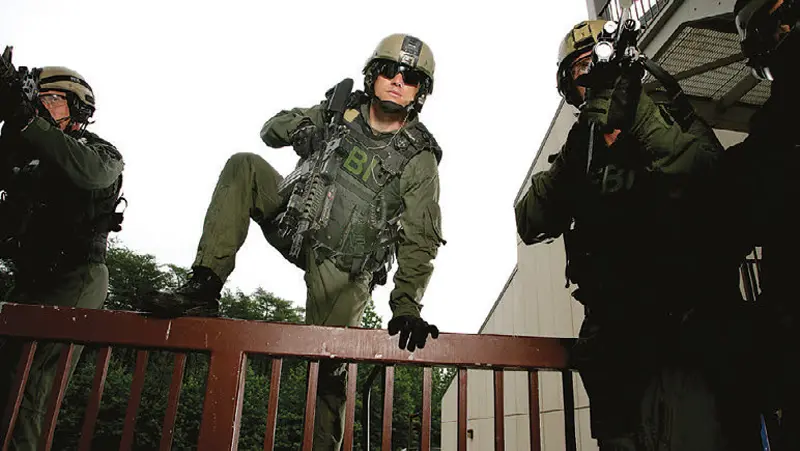
RESCUE AND RELEASE
Hostage negotiations can take time. Be patient. Most kidnappings and hostage-taking end without loss of life or physical injury to the captive. Do not try to escape unless you are certain you will be successful.
If you are able to escape and are outside of the United States, go to an American Embassy or Consulate for protection. If that is not possible, go to a host government or friendly government office.
Rescue will generally only be attempted after negotiations have failed. It is the most dangerous time. It is often said that more hostages are killed during rescue attempts than are executed by hostage takers.
Rescues will be conducted with the three pillars of CQB: speed, surprise, and violence of action. You will have no advance warning. In a rescue attempt, the lives of hostage takers, hostages, and rescue forces are all in danger. The rescuers will be under great stress.
You do not want to be shot in the confusion. Do not run. Drop to the floor and remain still. Make no sudden moves that a rescuer may interpret as hostile. Keep your hands clearly visible and empty. Follow all commands. Expect to be treated as one of the hostage takers until the rescuer determines you are not, as it is not uncommon for hostage takers to disguise themselves as hostages. Do not resist being handcuffed and searched.

Try to avoid media exposure after release until you have been properly debriefed. You may unintentionally create difficulties for any remaining hostages. There is also the possibility of your thinking being influenced by Stockholm Syndrome.
Any comments to the press should be focused on how happy you are to be free and looking forward to seeing your family and friends.
IT ISN’T ALWAYS OVER WHEN IT’S OVER
The transition from hostage to freedom can be accompanied by difficulties in adjusting. Although everyone is different, how well hostages cope with recovery is generally dependent on the length and brutality of captivity. The need to appear to be coping can sometimes mask serious readjustment problems.
Stress reactions to captivity can occur long after release. Often former hostages do not realize the reactions are the result of their captivity. Readjustment problems can have a significant impact on one’s life and the lives of one’s family and friends. These problems can often be alleviated or remedied with assistance from professionals with experience in post-traumatic stress.
